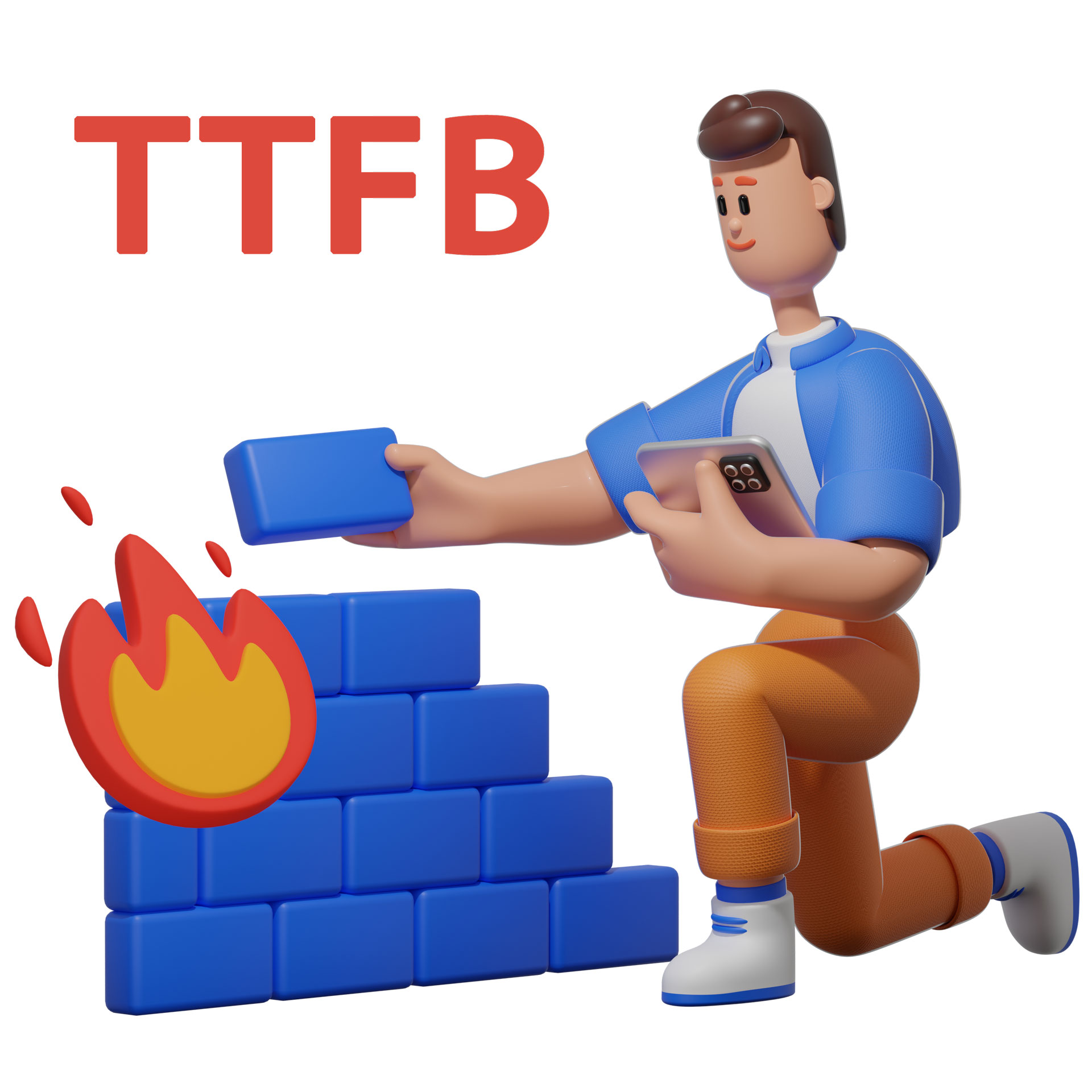How Firewalls Affect Time to First Byte (TTFB)
Have you ever waited for a web page to load and wondered why it took forever, despite your speedy internet connection? The culprit might just be TTFB—or time to first byte. TTFB is a fancy term for how long it takes before you start receiving the bits and bytes from a server after you request a webpage. The shorter this waiting time, the faster the browsing experience! It can be the difference between a snappy website and one you wish you never clicked on.
Now, where does your busybody firewall come into the picture? Think of the firewall as a diligent bouncer at a club. Its job is to check everyone who’s coming in and out, ensuring nothing unwanted slips by. “Good fences make good neighbors,” as they say (Robert Frost would agree). Firewalls protect servers from all sorts of cyber riff-raff like viruses, hackers, and spam.
However, the security does come at a cost—your server waiting time. Just like how you might have to wait outside a popular club, web visitors have to wait a bit while the firewall does its checks. Slow TTFB is like getting stuck behind an indecisive person who can’t find their ID ticket!
Firewall’s General Impact on TTFB
- Increased Latency: Firewalls can add extra processing time to incoming and outgoing requests, slowing down the overall response time.
- Blocked or Delayed Requests: Misconfigured or overly restrictive firewalls can block or delay legitimate requests, significantly increasing TTFB.
- Resource Consumption: Firewalls consume system resources, potentially impacting server performance and leading to longer TTFB.
Firewall Related Specific Scenarios for TTFB
- Intrusion Detection Systems (IDS): IDS can analyze incoming traffic for malicious activity, but this analysis can add significant latency to requests.
- Web Application Firewalls (WAF): WAFs can inspect and filter web traffic, but this process can slow down response times, especially for complex websites.
- Network Address Translation (NAT): NAT can add latency by translating IP addresses, particularly when dealing with large numbers of connections.
- Rate Limiting: While necessary for security, aggressive rate limiting can cause legitimate requests to be delayed or blocked, impacting TTFB.
Effect of Mitigation Strategies to TTFB
- Optimize Firewall Rules: Regularly review and optimize firewall rules to minimize unnecessary processing and delays.
- Implement Caching: Caching frequently accessed content can reduce the load on the firewall and server, improving TTFB.
- Use Content Delivery Networks (CDNs): CDNs can offload traffic from your origin server, reducing the impact of firewall processing on TTFB.
- Monitor and Fine-Tune: Continuously monitor your firewall’s performance and make adjustments as needed to optimize TTFB.
Additional Considerations for Firewall Setup
- Firewall Configuration: Ensure your firewall is properly configured to allow necessary traffic and minimize latency.
- Firewall Hardware/Software: The choice of firewall hardware or software can impact performance, so consider factors like processing power and memory.
- Network Infrastructure: A well-designed network infrastructure can help mitigate the impact of firewalls on TTFB.
